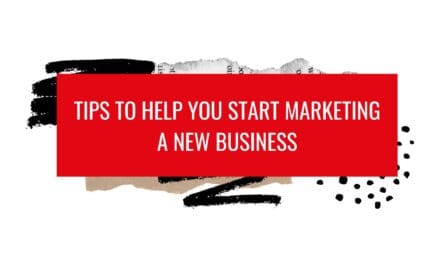And that voice should be consistent, offering an insight into who the business is, what it stands for and what dealing with them is like. But how exactly do you find that voice and use it?
Here’s how to gather your company’s voice and let your brand personality shine through.
The importance of a brand voice
A company’s voice is essentially how you speak to customers. It can be authoritative and professional, slightly irreverent, personable and friendly, or even a whole lot of fun.
This voice sets the tone for what customers can expect when they deal with you. It gives them a clear expectation of your values, your brand personality and your approach to both customer service and the world.
And it all starts with a clear definition of your brand’s personality, vision and mission, and where you sit within a marketplace.
Type of business
Some business types lend themselves to specific brand voices more than others.
For example, a legal firm or financial advisor will likely have an authoritative and professional voice. After all, they’re dealing with serious matters like legal advice and customer’s financial situation.
A real estate business could be more friendly and personable. They’re here to help you and become that trusted advisor people seek out to assist on their property journey.
A childcare centre would be approachable and helpful, illustrating they are there to help educate children and assist busy parents with an essential service.
But within each of these businesses, and for other business types, the voice is determined depending on the businesses’ market position, their unique selling proposition, the customers they’re trying to attract, and the way they intend to stand out from the crowd.
It starts with your vision and mission
Brand voice always starts with a company’s vision and mission. This foundation of who you are and what you stand for helps define the tone and feel that all your communications will take.
Know your ideal customer
The voice you use will depend on the ideal customer you are speaking with, so it pays to know your specific customer well.
What do they appreciate and value? What other types of content are they likely to consume? Is it serious and educational? Do they appreciate irreverent humour? Or will they want you to be no-nonsense and straight to the point?
What’s your unique selling proposition?
The company voice also ties into its unique selling proposition (USP). If your business saves people time and hassle, the voice is likely to be down to earth and straight to the point.
If the USP is quality, exclusivity and luxury, that voice is likely to be a little more high-brow and exclusive.
If great customer service is the USP, then perhaps the tone is friendly and accessible.
What’s resonated in the past?
Go through your social media and website analytics and take a good look at the articles or pieces that have proved popular in the past.
Chances are, this gives you an insight into the voice your customers expect and appreciate.
Implementing your brand voice
Once you find your brand voice, create a voice board of dos and don’ts. This includes words you will likely use and those you would avoid.
As part of this voice board outline example key phrases that might pop up in your advertising and general communications.
Also look at how your voice sits within your general branding, in the knowledge voice isn’t just about words, it also factors in visual cues such as imagery, colour and font.
Once you have the voice guidelines down pat, educate your staff on how this voice sounds and where it will be applied within a business.
Typically, this voice will be used across the board to help establish your brand presence and make it instantly recognisable.
That means it should be used everywhere from your advertising, to your email communications, and even within your business in your manuals, processes and procedures.
Your brand voice matters
Brand voice is an important marketing tool that helps you stand out from a crowded marketplace. It gives customers an instant insight into who you are and why you’re different, with that voice becoming a key selling point of why they would do business with you.
For more tips on crafting your brand voice and creating consistency across your brand, you can download the Creating Marketing Consistency e-book here.






















